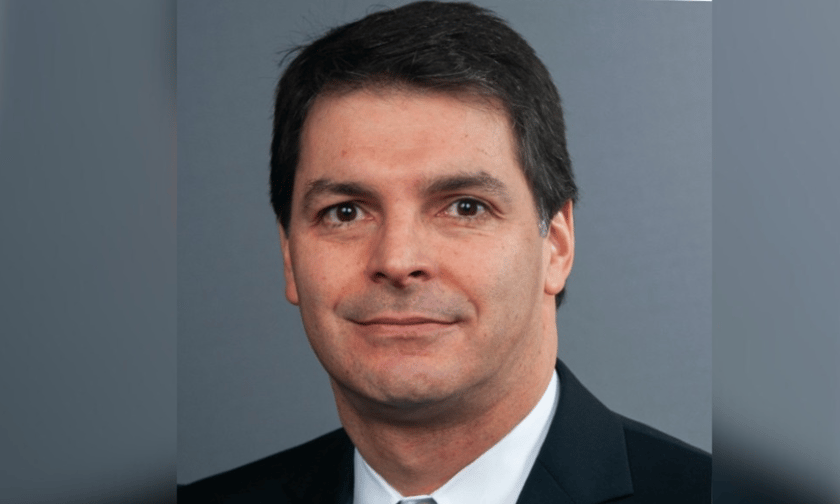

AM Best’s global composite of reinsurance companies achieved a return on equity (ROE) of 22% in 2023, marking a five-year high largely due to reversals in unrealized losses and solid underwriting performance.
The credit agency’s latest report notes that this ROE increase reflects both investment gains and improved underwriting profitability, with the composite accounting for nearly 90% of total reinsurance industry gross premiums in 2022. The report’s analysis is based on the five-stage DuPont ROE model to assess components driving the composite’s ROE.
In 2023, reserve leverage declined for the composite, especially among non-life reinsurers, excluding the Big Four reinsurers with significant life insurance segments, whose reserve leverage remained stable.
This decline in reserve leverage was offset by a marked increase in operating margins, allowing the composite’s ROE to exceed its cost of equity after multiple years of lagging, aided by reduced taxes and lower interest on debt.
Looking to 2024, AM Best projects that a substantial portion of insured losses from hurricanes Milton and Helene will be ceded to the global reinsurance market. The report also highlights that tightened reinsurance terms, which led to higher attachment points, should help reinsurers manage losses.
Senior financial analyst Guilherme Monteiro Simoes (pictured above) stated that while fourth-quarter 2024 results for reinsurers will be affected by these events, full-year earnings should remain positive.
“Further reinsurance market hardening is unlikely, but Helene and Milton will probably stall any softening of the market cycle,” he said.
Underwriting profitability remains central to AM Best’s assessment of the composite’s operational performance, given the relatively limited impact of interest rate increases on investment income over time.
AM Best anticipates that ROEs will continue to surpass the cost of capital in the medium term, especially as new capital flows target established companies or the insurance-linked securities (ILS) market, which offers more liquidity.
The report details a substantial increase in net margin across the composite in 2023, driven by strong underwriting and investment performance, with Bermuda-based reinsurers creating deferred tax assets (DTAs) to lower tax liabilities.
While asset turnover – a less common key performance indicator for the industry – increased primarily due to premium growth fueled by rate hikes in 2023, AM Best expects the market to maintain a favorable risk-adjusted position, considering current pricing and terms.
Investment performance played a key role in the composite’s higher net margin, as realized and unrealized investment gains contributed to ROE, along with deferred tax assets in Bermuda which reduced overall tax burdens.
AM Best expects the current portfolio allocation, emphasizing shorter-duration and high-credit investments, to support stability amid high-interest-rate conditions and offset prior unrealized losses recorded in 2022.
Bermuda’s updated tax policies, including the adoption of a minimum 15% corporate tax rate, enabled the creation of DTAs for reinsurers, reducing 2023 tax liabilities. These DTAs, introduced by the Bermuda Ministry of Finance, treat 2023 taxable income as an intangible asset, set to be amortized over 10 to 15 years, offsetting future taxable income.
In recent years, the top 25 global reinsurers have adjusted their investment portfolios, reducing allocations to private equity and hedge funds by 11 percentage points and reallocating to fixed-maturity assets like US government and corporate bonds.
This shift, primarily in 2023 following interest rate rises in 2022, has bolstered investment income, contributing to the composite’s recovery from prior unrealized losses in longer-duration assets.
AM Best views the transition to high-liquidity, short-duration, and high-credit-quality investments as a positive shift for the composite’s operational performance and balance sheet strength in the near to medium term.
What are your thoughts on this story? Please feel free to share your comments below.
